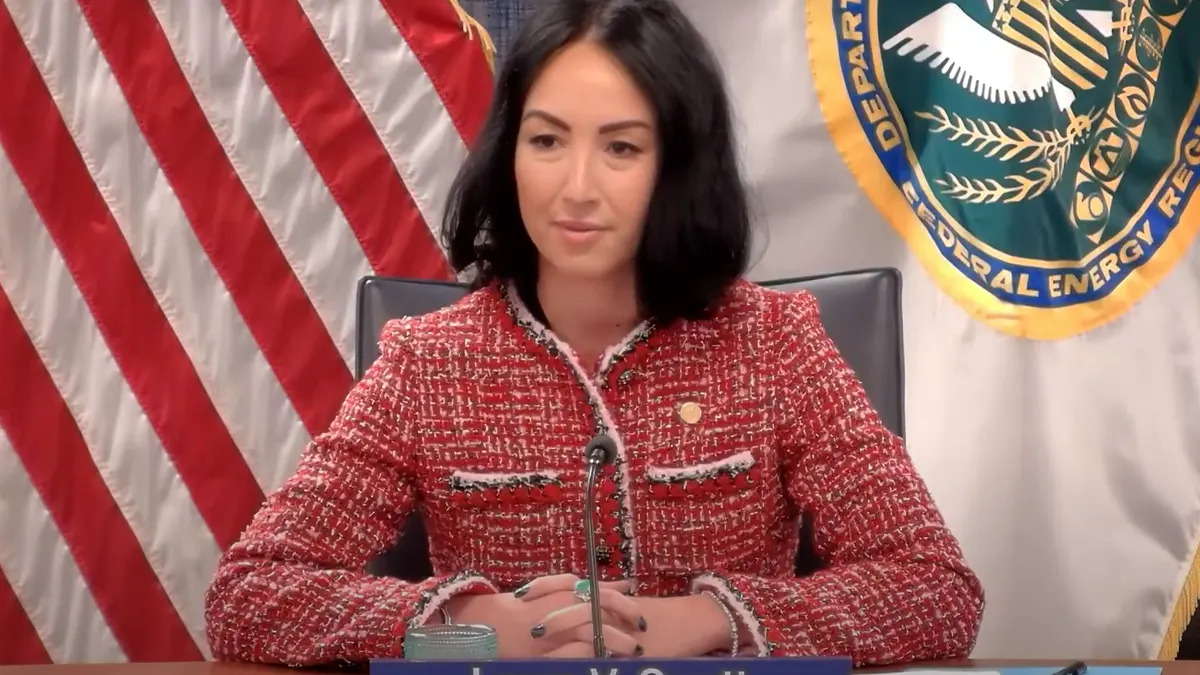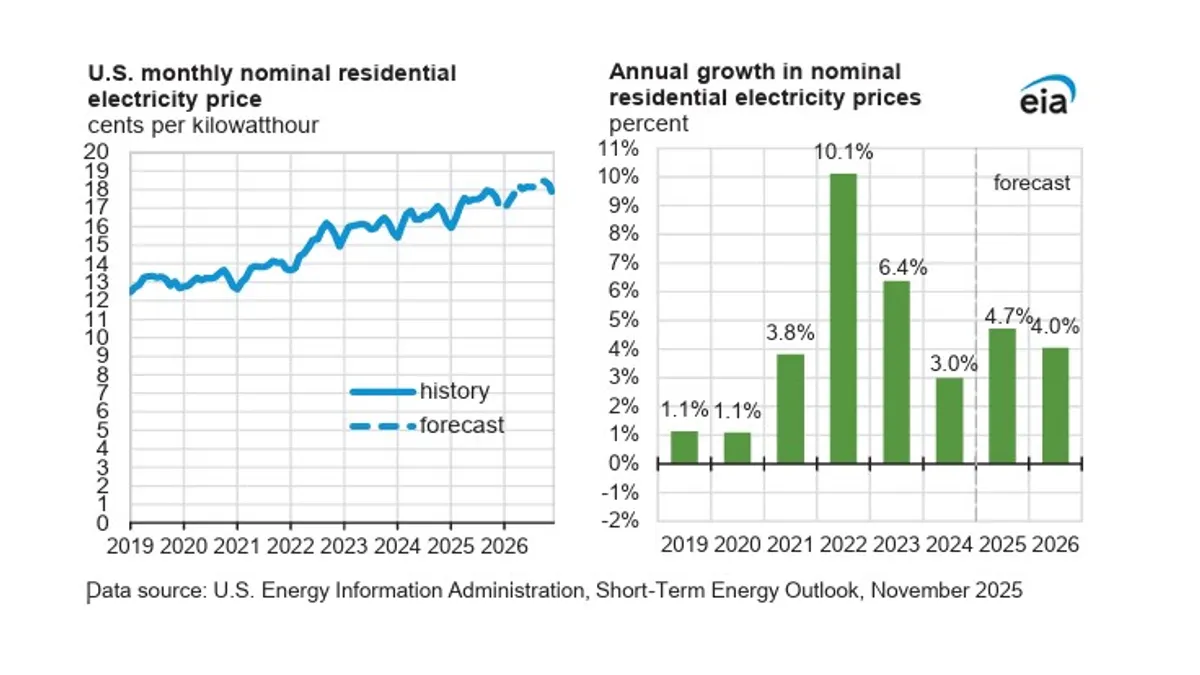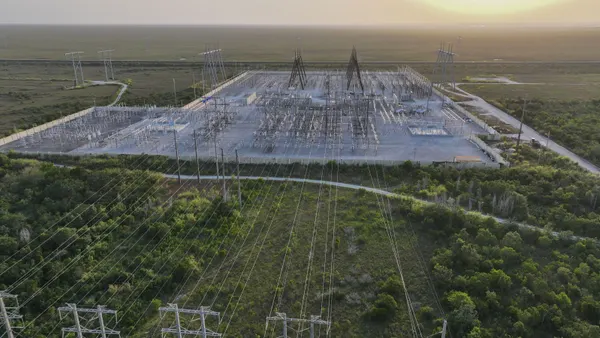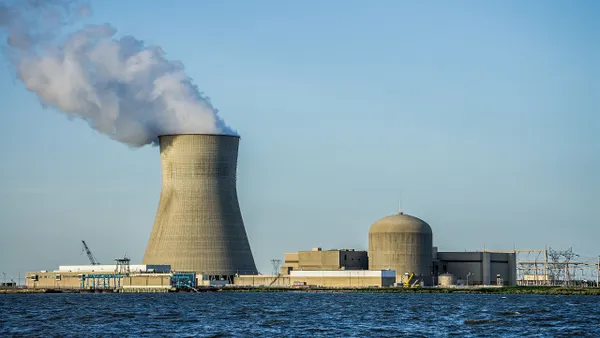Dive Brief:
- The Federal Energy Regulatory Commission last week approved changes to how the California grid operator treats some distributed, non-generator resources including energy storage, better aligning them with traditional market structures.
- The changes are designed to optimize demand response resources and better represent what storage assets are available to day-ahead markets.
- Because of how a storage asset's status is recorded, the California Independent System Operator (CAISO) said the data did not provide scheduling coordinators with "a usable bid parameter in the day-ahead market."
Dive Insight:
The changes to CAISO's tariff are a part of the state's efforts to bring a wider range of energy resources into its markets. As it moves forward with those plans, details are being worked out to better integrate resources that don't act like typical generators.
CAISO's proposal, which it filed in May, included two primary changes. It would have allowed non-generator resources to submit their state-of-charge as a bid parameter in the day-ahead market, and to self-manage their state-of-charge and energy limits. And, the changes create performance methodologies to accommodate sub-metering and would allow the grid operator to ascertain demand response performance based upon the gross load, independent of behind-the-meter generation.
FERC defines non-generator resources as those which can generate or consume energy, and/or curtail consumption, and can be dispatched to any operating level within their entire capacity range.
The commission found the changes reasonable, saying the tariff revisions would "better align the non-generator resource model with the traditional generation models and give non-generator resources more flexibility to optimize their physical capabilities in real time."
The changes to how storage state-of-charge is recorded "will help CAISO more precisely manage the resources participating in its markets," regulators concluded.
In July, CAISO officials developed plan to allow aggregated distributed resources to bid into grid markets, potentially as soon as early next year. Though there are limits on participating resources, including the size and type of facility and sophistication of metering, the proposal could allow distributed resources like rooftop solar and demand response to bid into power markets.














